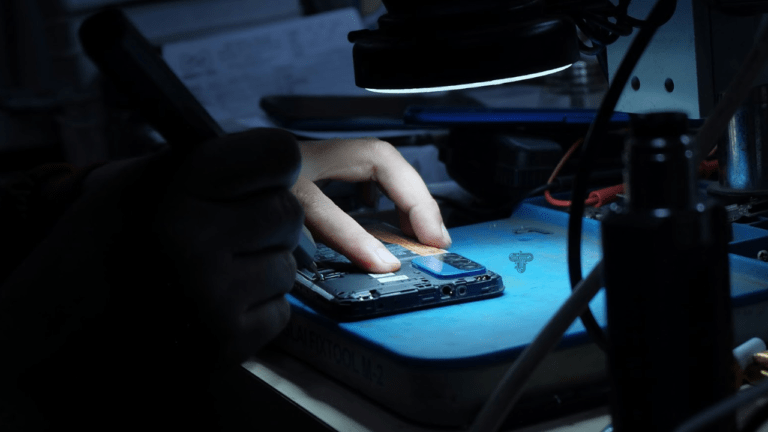Tool Branding and Differentiation: The Strategic Edge of Modern Tool Marking
Marking is what transforms an anonymous tool into a trackable asset. Without a unique identifier, a tool is just one of many; it’s about making a tool’s function and status instantly recognizable. In maintenance and installation tasks where time, trust, and quality define success, details that seem small on paper often make a world of difference in reality. The most effective solutions are the ones that quietly raise the standard without slowing you down.
- Streamlined Identification for Purpose-Built Workflows
When every tool in your kit is part of a larger operation, being able to identify it instantly is more than a convenience — it’s a performance multiplier. That comes handy in scenarios like;
- Storage location mapping – A unique code on each tool can match a specific slot in your storage system, cutting search time to zero.
- Task allocation – Markings that differentiate tools for hydraulic systems from those for electrical work help maintain safety and avoid costly cross-contamination.
- Efficiency without hesitation – Size and type labels stay readable in any light, letting you grab what you need without second-guessing.
In this context, laser etching Southampton experts offers crisp, high-contrast markings ideal for fast scanning, barcode integration, or color-fill enhancements — perfect for operations where speed and clarity are non-negotiable.
- Clear Ownership and Professional Identity
In busy workspaces — whether it’s a shared fabrication floor or a construction site with multiple crews — ownership disputes waste time and strain relationships. Modern marking solutions make that question vanish before it even arises.
Such tool identify offers crucial benefits which includes;
- Definitive identity – Marking tools with names, logos, or unique IDs removes ambiguity, avoiding the “who owns this?” moment.
- A signature of pride – For individuals, adding initials or a personal emblem turns a set of tools into a professional signature, not just equipment.
- A visible deterrent – Permanently marked tools are less appealing targets for theft, as resale becomes risky and impractical.
Here, laser engraving excels — cutting deep into metal surfaces to create permanent, tamper-resistant marks that stand the test of time and make ownership indisputable.
- Marks That Endure Without Compromising Integrity
Tools work in the real world — that means dirt, heat, cold, chemicals, and repeated impact. Marking has to endure all of it without altering the tool’s performance.
Reliable marking technology should leverage key capabilities such as;
- Permanent resilience – Marks survive abrasion, chemical exposure, and temperature extremes without fading.
- No physical distortion – Non-contact marking methods preserve the tool’s exact balance and shape.
- Surface integrity – A smooth finish means the mark is there without changing the feel or grip of the tool.
- Learning Environments that Build Professional Discipline
In technical classrooms, trade schools, and training facilities, marking becomes a teaching tool as much as an identification method. Proper tool and equipment identification in learning environments helps in enhancing the following;
- Visual clarity for students – Clearly marked sizes, types, or uses help learners select the right tool quickly and accurately.
- Structured organization – Matching markings with organized storage teaches accountability from the first day in the workshop.
- Foundation for future habits – Early exposure to structured tool control builds discipline that carries forward into professional practice.
In conclusion, when you can relate well with your tools seamlessly in the background, being organized and strategic becomes part of your operational dynamics. From deep, tamper-proof laser engraving that asserts ownership to precise laser etching that speeds up identification in the field, the right marking method is a silent but powerful ally. The professionals who thrive are those who understand that in high-stakes work, small details aren’t small at all — they’re where strategy, safety, and reputation meet.







